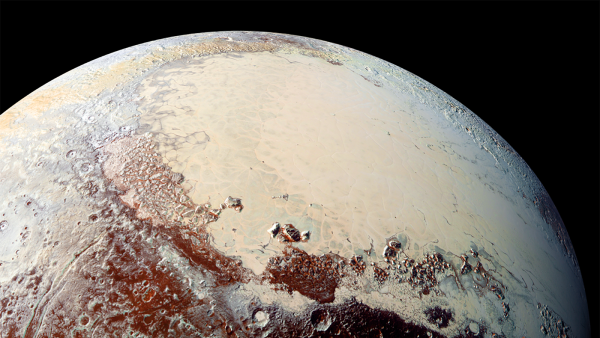
A close-up of Pluto's surface. (Image credit: NASA/Johns Hopkins University Applied Physics Laboratory/Southwest Research Institute)
In 2015, NASA's New Horizons probe flew past Pluto and revealed a fascinating world of ice and atmospheric haze shaped by multiple geological processes. These findings suggested that a subsurface ocean may have influenced the dwarf planet's evolution in the relatively recent past. The wealth of scientific data has spurred researchers to continue unraveling the mysteries of this distant world, even years after the mission.
“There are still a lot of unanswered questions,” said Carly Howett, a planetary scientist at the University of Oxford and a member of the New Horizons team, speaking at the Advances in Pluto: 10 Years After Close Encounter conference in Maryland. To find answers, Howett and her colleagues have conceptualized a new mission that could shed light on the icy body’s mysteries.
The mission to explore the outer reaches of the solar system will take decades to complete. However, the mission has yet to receive official approval. “The 50-year duration presents unprecedented engineering and operational challenges, and requires new approaches to data analysis,” Howett said in a 2021 study published in the Planetary Science Journal.
You might be interested
-
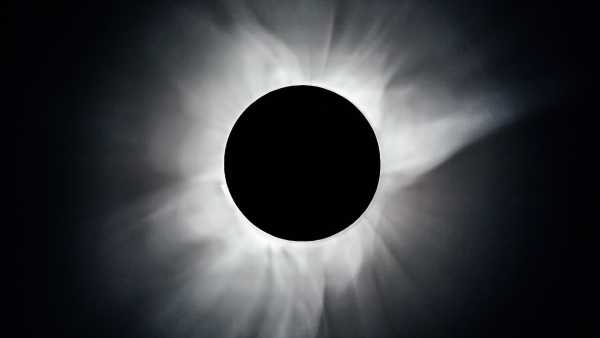
Chasing 'Planet X': Why a Massive Object May Be Hiding in the Outer Solar System
-
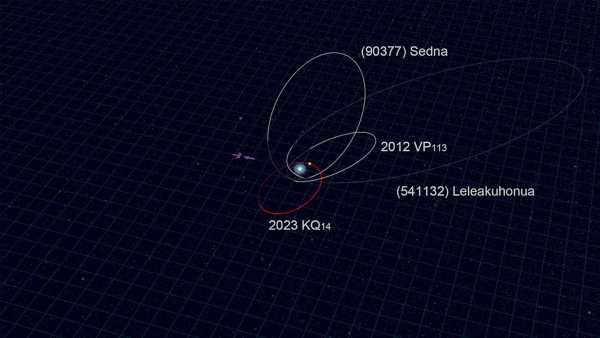
Discovery of dwarf planet 'Ammonite' calls into question the existence of Planet Nine
-

James Webb Telescope Records Anomalies on Europa's Icy Surface
Subsurface ocean?
The name chosen for the new mission to Pluto is Persephone, after the wife of the god of the underworld in Greek mythology. This is symbolic, given the connection of Pluto's name with the Roman ruler of the underworld, as well as the desire to reflect the gender diversity of the scientific team.
The probe will be equipped with 11 scientific instruments, upgraded from previous missions, with the main goal of confirming or disproving the existence of a liquid ocean beneath the icy crust.
Before New Horizons, most scientists were skeptical about this possibility. But the discovery of a young, lightly cratered surface has forced a rethink. Persephone's three-year orbital phase will allow it to gather data that would be unavailable during a short flyby.
Of particular interest is the gravitational interaction between Pluto and Charon. These bodies form a unique binary system where tidal forces could theoretically maintain heat in the interior. The analysis will use methods similar to those used to study Saturn's moon Enceladus.
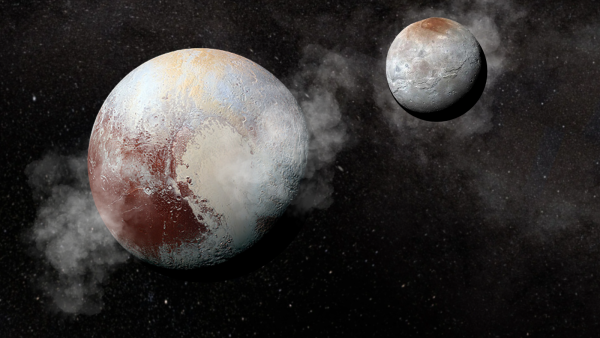
Illustration: Pluto and Charon. Scientific objectives of the mission
Persephone will study Pluto's shape to identify traces of ancient deformations that may have been preserved in its icy crust. High-precision instruments will analyze mass distribution and internal structure.
The spacecraft will also map the surface in a wide range of spectral bands, studying areas that remained in shadow during the New Horizons flyby. Monitoring volcanic activity and temperature anomalies will help understand the thermal dynamics of the subsurface.
Particular attention is paid to exotic landforms: methane “blades” in the Tartarus Dorsa region and unique ice structures of Charon. Spectral analysis of Pluto's atmosphere will reveal the mechanisms of its interaction with the surface and Charon.
As part of the extended program, the spacecraft may visit an object in the Kuiper Belt. This will allow comparison of data with information about Arrokoth, an object studied by New Horizons after Pluto.
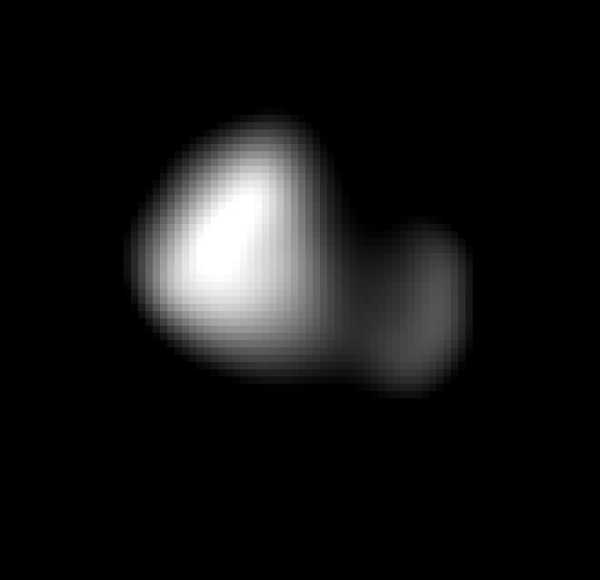
New Horizons image of Pluto's moon Kerberos. Technical challenges
The mission's longevity (up to 50 years) requires innovative power solutions. Five new radioisotope generators will ensure systems operate in extremely cold conditions. However, the plutonium-238 shortage and the $3 billion budget remain key hurdles.
Alan Stern, the New Horizons mission manager, notes that long-term projects like the Voyagers and Hubble have demonstrated the viability of such initiatives. However, transferring knowledge between generations of scientists remains an organizational challenge.
The launch window opens annually from 2029 to 2032. After that, gravity assists using Jupiter will be impossible for a decade.
SEE ALSO
— Webb telescope data reveals unique atmospheric processes on Pluto
— The Origin of Charon: How Pluto “Tamed” Its Largest Moon
— Ice Volcanoes and Atmospheric Dynamics: New Discoveries in the Pluto System
The Persephone concept is being considered for NASA's decadal review. Howett stresses that even if the mission is not approved, its development has advanced technologies for future exploration of the outer solar system.
The success of the project depends on progress in the development of compact radioisotope sources and plutonium distribution policies. For now, Persephone remains an ambitious flagship project whose implementation will require international cooperation.
AUTHOR'S MATERIAL
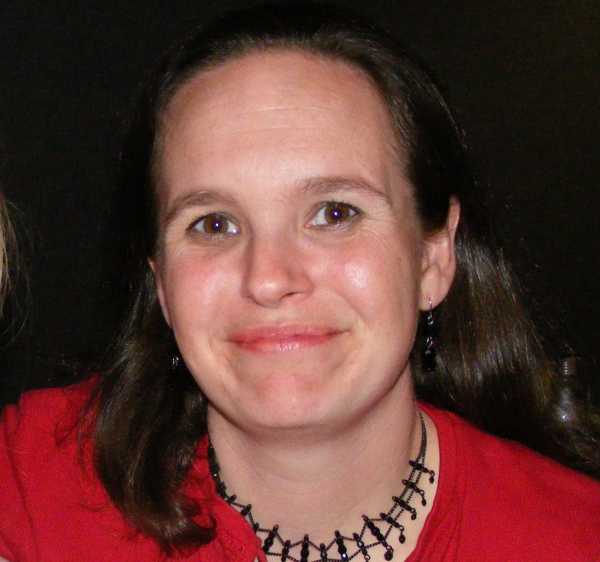
Nola Taylor Tillman, Live Science correspondent
Specializes in covering space exploration and astronomy. He holds degrees in astrophysics and literature and has published in leading scientific journals.
Sourse: www.livescience.com





